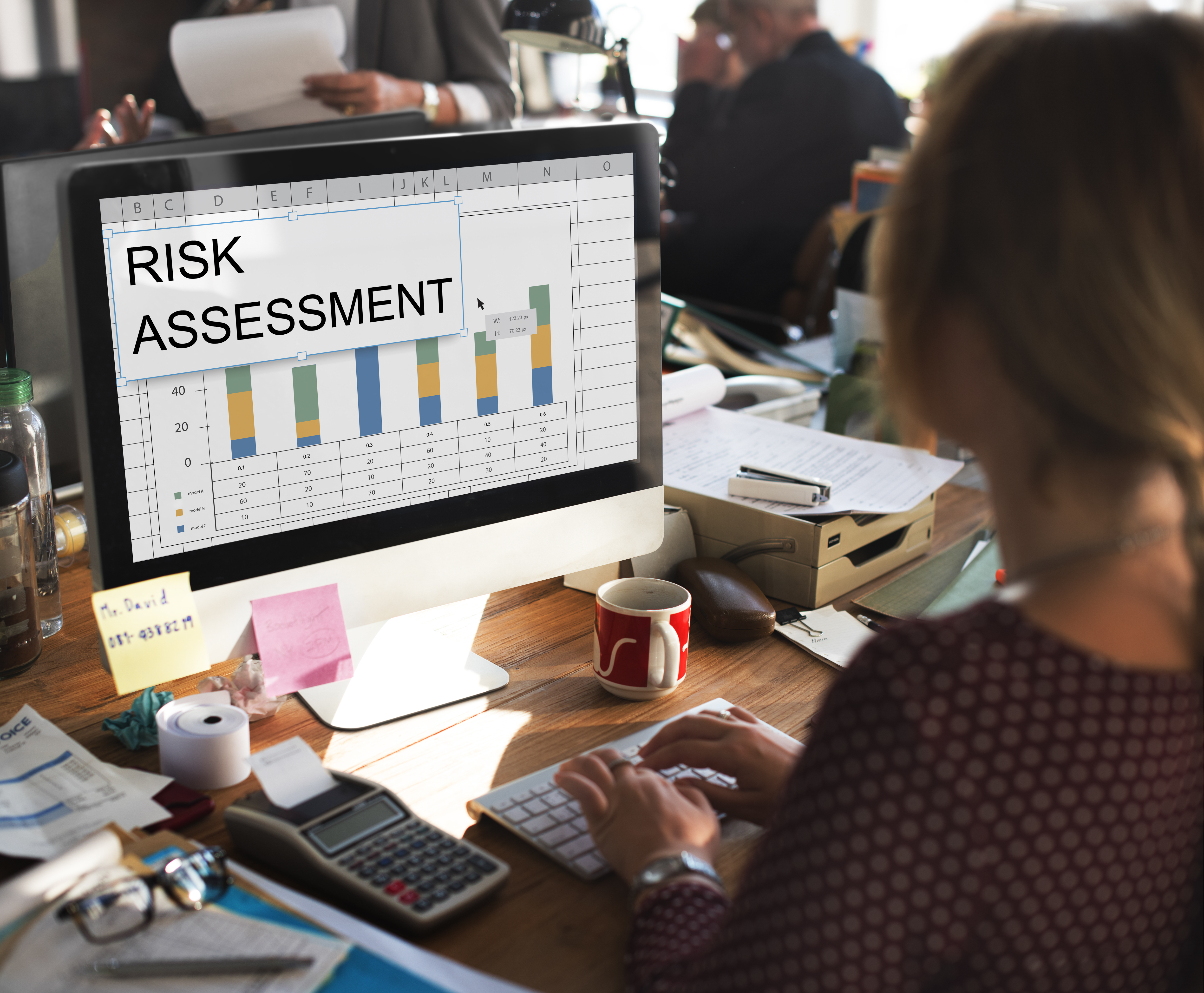
Every business relationship – whether it’s with a supplier, customer or your distributor – runs on trust. But trust without verification can be costly.
Delayed payments, delivery failures, vanishing partners, legal disputes – most of these issues could have been avoided with some basic risk checks upfront.
The good news? You don’t need a full forensic audit to get a fair sense of who you’re dealing with. There are a few critical areas that tell you a lot about the health and credibility of a business. Here’s what to look at before you make a commitment.
1. Financial Health:
The financials of a company are often the first and clearest signal of its stability. A healthy balance sheet suggests that the company has the capacity to fulfill its commitments. A stressed one raises red flags.
What to check:
– Revenue: Is the company consistently earning?
– Profit or losses: Are they making money, or bleeding cash?
– Debt levels: How much do they owe? Is the debt manageable?
– Cash flows: Just looking at revenue and profit doesn’t tell the full story. Cash flow from operations is what really matters — it shows whether the business is actually generating money from its core activities. Profits can be adjusted, but cash is hard to fake. Cash keeps a business alive.
But just checking one year of financials is not enough. Look at the trend over multiple years. Are they growing steadily, or is the business shrinking? Growth should ideally be consistent – a sharp fall or unpredictable swings are worth investigating.
Key red flags:
– Sharp drop in revenue over the last year or two
– Increasing losses, year after year
– Increasing days payables ratio: Increasing days payables: Days payables is also an indicator of how well the business is doing. First sign of warning starts with delay in payments to suppliers. A company delaying payments to its vendors may be facing cash flow stress – and you could be next in line.
– Increasing debt equity ratio: Is the leverage in the company increasing.
– Unsustainable Cash flows over time: Always look at cash flows over multiple years, not just a single period. Consistent cash generation, in line with the reported net profits, signals a healthy business.
2. Timely Compliance and Filings: Discipline Matters
A well-managed company does not ignore compliance deadlines. Delayed or missing filings may indicate operational weakness, disorganization, or worse – deliberate hiding of financial stress.
What to check:
– Timely filing of yearly financials at MCA: Have they filed their annual returns and financial statements on time over the last few years?
– TImely filing of GST returns and payment of liabilities
– TImely filing of EPFO returns and payment of liabilities
Why it matters: Non-compliance may be a sign of deeper issues like mismanagement, disputes among directors, or financial difficulties. Missing financial filings is a direct indicator of financial issues in the company that the company doesn’t want to disclose or its CA doesn’t want to sign.
3. Company Structure and Leadership: Who’s Running the Show?
Behind every business are people making decisions. Understanding who the directors and key decision-makers are helps you assess the quality and intent of the leadership.
What to check:
– Who are the directors and promoters? See who are the oldest serving directors, promoters in the business. They would usually be the key decision makers. In a family run business, it is usually very straightforward and clear.
– Have there been frequent changes in directorship? Frequent director exits may point to internal conflicts, instability, or shifting control.
4. Company Network: Check the Bigger Picture
Businesses often operate through group companies or networks of connected entities. Sometimes this is genuine, sometimes it’s used to spread risk or hide weaknesses.
What to check:
– Are the directors involved in many other companies?
– Are these other companies small, with low paid-up capital or minimal business activity?
– Where revenue data is available, what is the scale of these related entities?
Red flag to look for: A web of small, undercapitalized companies – especially with shared directors – could indicate shell-like structures or diversion of funds.
How to check: Look at the paid-up and authorized capital of these companies. If many group entities show very low capital (like INR1 lakh or INR5 lakh) or irregular filings, it could be a warning sign.
5. Charges with Banks: What Their Loan History Tells You
A company’s borrowing behavior gives valuable insight into its financial health. Charges registered with banks are public records of secured loans.
What to check:
– How much has the company borrowed?
– Are the loan amounts disproportionate to their scale of operations?
– Are the lenders changing frequently?
A stable business often has long-term relationships with its lenders. If the company keeps shifting banks or refinancing loans frequently, it could be struggling to secure credit.
Large borrowings aren’t bad on their own – but they should make sense relative to the company’s revenue and assets.
Final Thoughts: Risk Checks Are About Smart Decisions, Not Fear
These checks aren’t about rejecting every small company or being overly cautious. Many small businesses are credible and healthy. But ignoring these basic signals leaves you blind to potential risks.
A quick review of the five areas – financials, compliance, leadership, network, and borrowings – gives you clarity. It helps you decide:
– Should you go ahead?
– Should you renegotiate terms (like asking for upfront payments)?
– Or should you walk away?
The idea is not to avoid risk completely – that’s impossible. But with the right information, you can manage it better.
Don’t rely on gut feeling alone. Use data. If you want reliable reports with verified financials, charges, leadership, and compliance data, explore what Tofler offers to make these checks easy and accessible.






